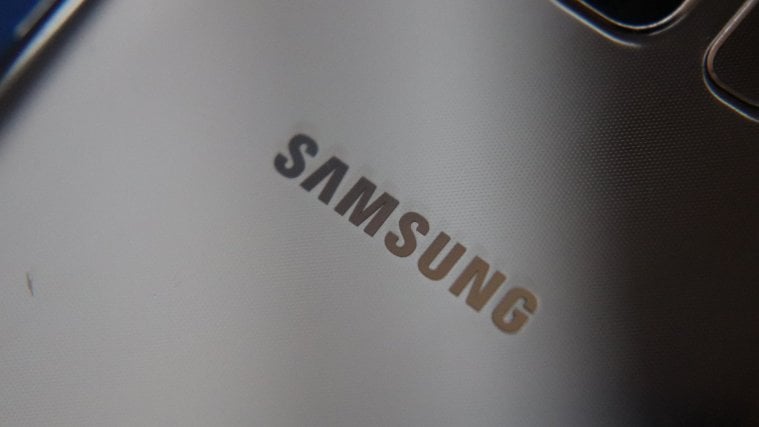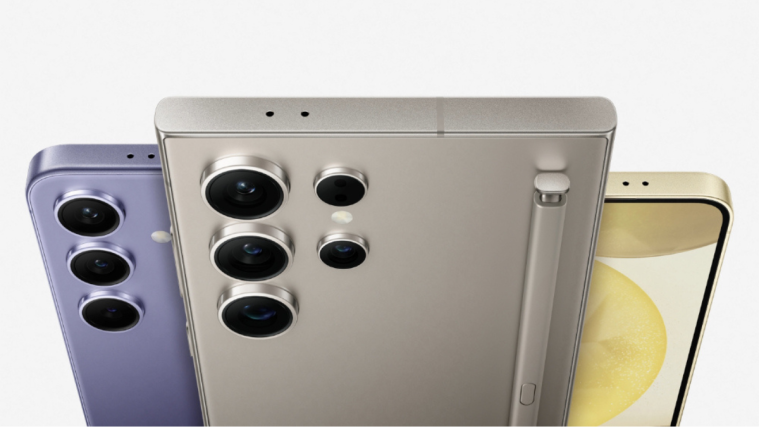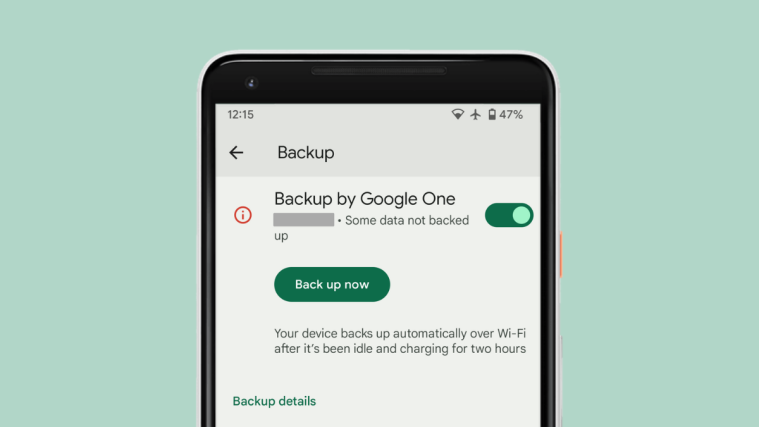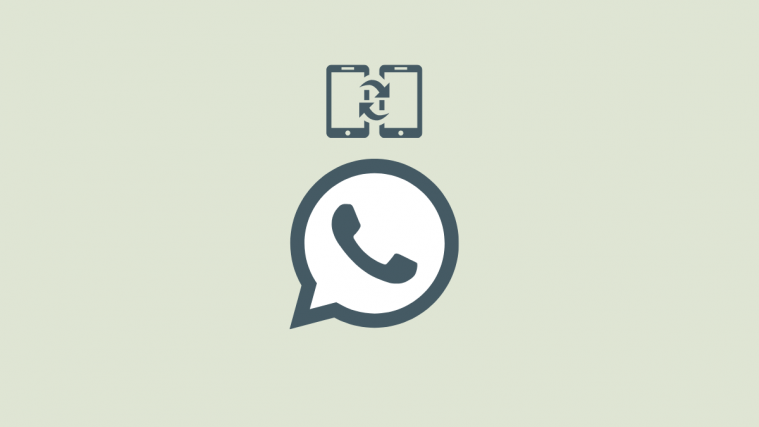There is no denying the fact that the release of Android OS has reshaped the entire mobile market as a whole. But it isn’t just the undying support of the masses that helped Google bring Android to where it is today, it is also the backing of Android OEMs – a number that keeps growing larger with each passing year.
No matter how many Android OEMs spring up, none can take the mantle of the South Korean giant. Samsung may not have started off creating Android-only devices and did flirt with the idea of Tizen and Bada operating systems, but devices like the Galaxy series has been the backbone of their sales for years now, thanks to the popularity of Android.
Related:
- Samsung One UI device list
- Samsung Android Pie release date and more
- The best Samsung phones to buy in 2018
Samsung and the tale of slow updates
For years now, it has become an accepted policy for many that owning a Samsung Galaxy device puts you on the fence when it comes to software updates. For instance, the Galaxy S8 received the first Android 8.0 Oreo update in the United States on 15th March 2018, which makes it 7 months after the official release.
In comparison, even the newer Android OEM brands were able to deliver the Android Oreo update months before Samsung could. Looking at this through a one-dimensional viewpoint might make you wonder if the largest mobile manufacturer in the world is that bad at handling software updates, but to have a fair viewpoint, you need to dig deeper.
Hundreds of devices – one Android OEM
“Heavy lies the head that wear the crown” is a saying that could not be any truer when it comes to Samsung. The largest Android OEM may enjoy the spotlight, but it also criticized the most for releasing software updates slower than every other brand out there. But the perspective changes when you consider the sheer number of devices that Samsung handles.
When considering OnePlus or Essential to be textbook examples of how software updates should be released, Samsung falls behind significantly. However, OnePlus supports a handful of devices and Essential supports just one device, which makes it far easier for their vendors to develop, test, and roll out the software in record time.
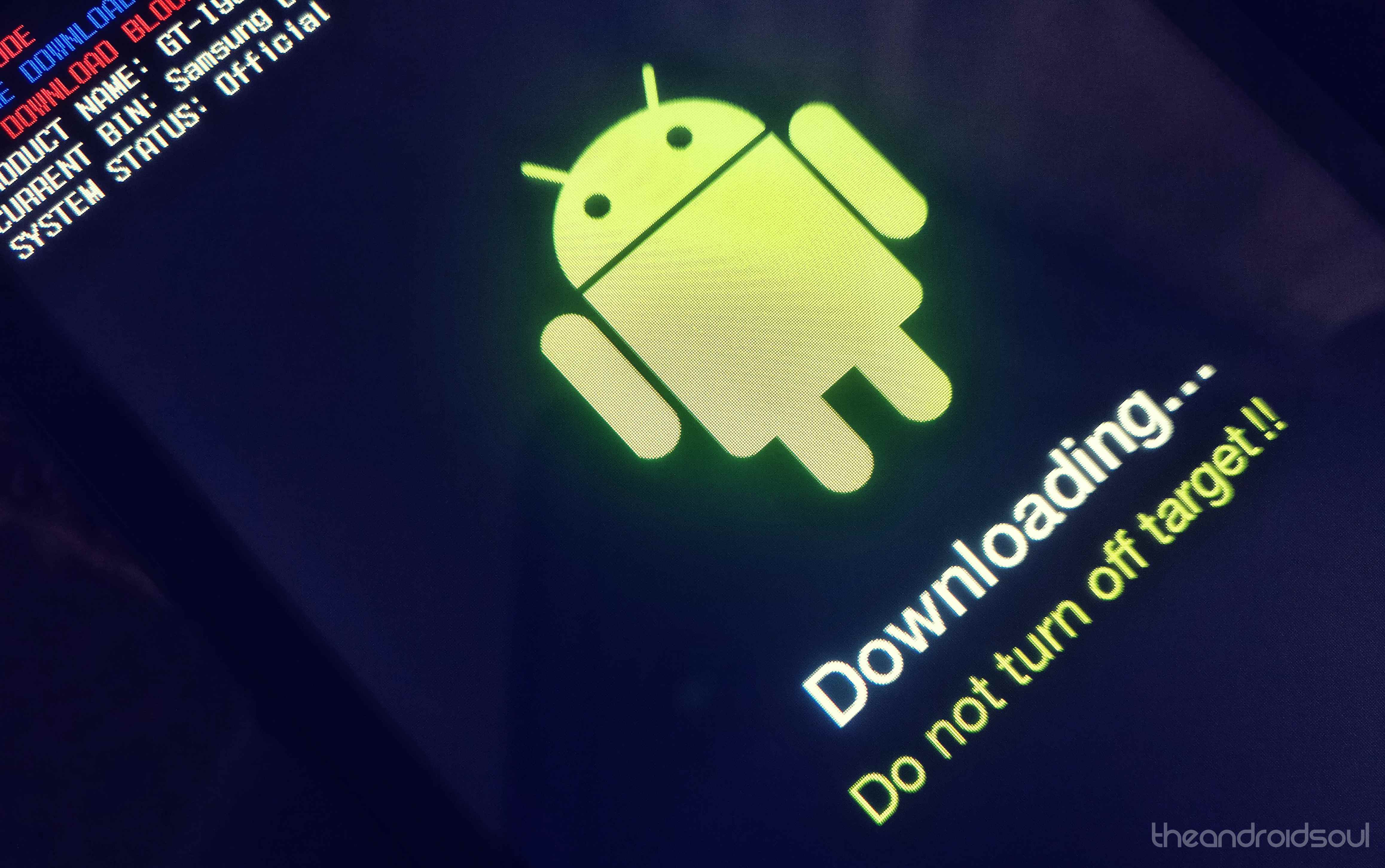
On the other hand, Samsung not only releases two new flagship devices each year but also brings new premium and mid-range devices in different markets across the world. For any other mobile manufacturer in the world, it would be virtually impossible to handle to OTA rollouts even at the sluggish pace that Samsung does.
Related:
- Samsung One UI: What is it, new features, and more
- Android 9 Pie release for Galaxy S9 | Galaxy S9 Plus
Samsung updates bring a lot to the table
One of the reasons Samsung has managed to uphold a recognizable image in a sea of Android devices is through its unique user interface and design. From TouchWiz to Samsung Experience to One UI – Samsung has not only brought the features of the evolving Android OS to its devices but also whipped up new design styles and functionality with each update.
In comparison, the Android OEMs that are quickest to deliver the latest major Android OS updates are usually barebone. Brands like Nokia and Motorola are the quickest to roll out Android updates since their devices are based on the “Pure Android” experience, which basically means that there aren’t too many elements in the software apart from the one Google ships out.

Since there isn’t too much or R&D that goes into the software update before being rolled out to the users, it takes the minimum amount of time. Whereas each major software update from Samsung essentially redesigns the phone entirely and brings a bunch of new features along with it as well.
Blame the network carrier
Every time a major software update is released by the Android OEM, it makes its way to the different regions in a staged manner. The update is “soak-tested” in a certain region to find out if there are any hidden issues or bugs, which can then be rectified before the final release. In the case of Samsung, these beta tests can sometimes last weeks, even months.
This increased time is due to the different variants of the same device that is sold by the company across the world. Additionally, even after Samsung does send manage to send out the update, it is at the mercy of network carriers, who can often take their sweet time to send out the update.
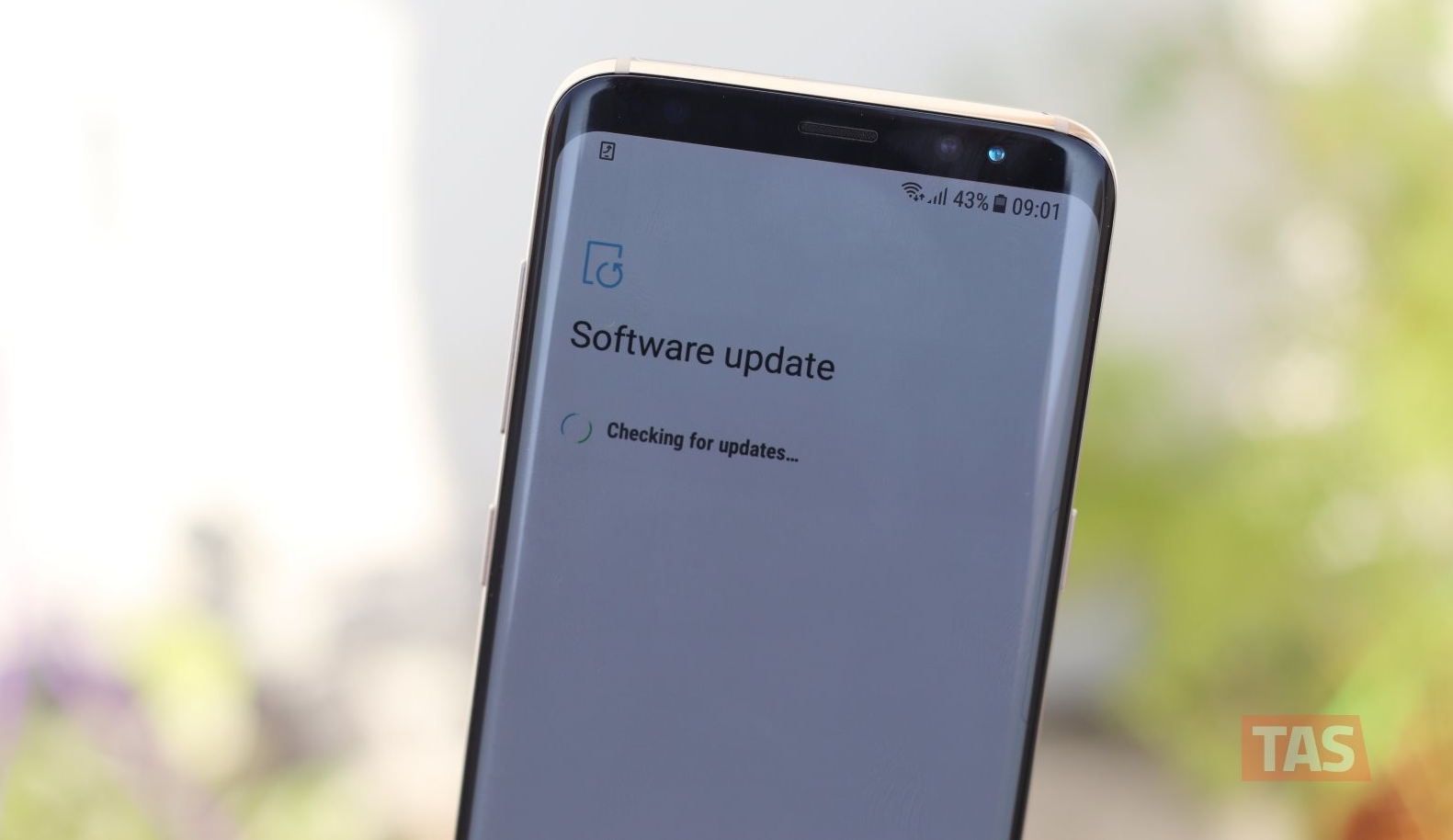
For instance, Samsung releases monthly security updates for all its premium devices, but most US network carriers fail to deliver each month after the first year. Even in regard to major Android OS updates, the update can be out for weeks, even more than a month sometimes in some regions, while network-tied devices are deprived of the update.
Related:
- What are the best Samsung phones in 2018
- Android 9 Pie release for Galaxy S8 | Galaxy S8 Plus
- Android 9 Pie release for Galaxy Note 8 | Galaxy Note 9
Wrapping it up
No matter how hard critics come at the South Korean company for the way it handles software updates, you can’t ignore that Samsung continues to sell its devices by the millions. There’s only so far a mobile manufacturer can go if it wasn’t doing something right, and the truth is that Samsung may be the tortoise, but it is still winning the race.
More importantly, the delivery time for software updates has been shortened significantly, and Google deserves credit for it. The release of Project Treble with Android 8.0 Oreo has changed the game for software updates entirely, the effects of which are noticeable already even with Samsung’s massive range of devices.
Are the slow software updates from Samsung a breaking point for you, or is it all made worthwhile with the overall refreshing experience that it offers of the Android OS?

